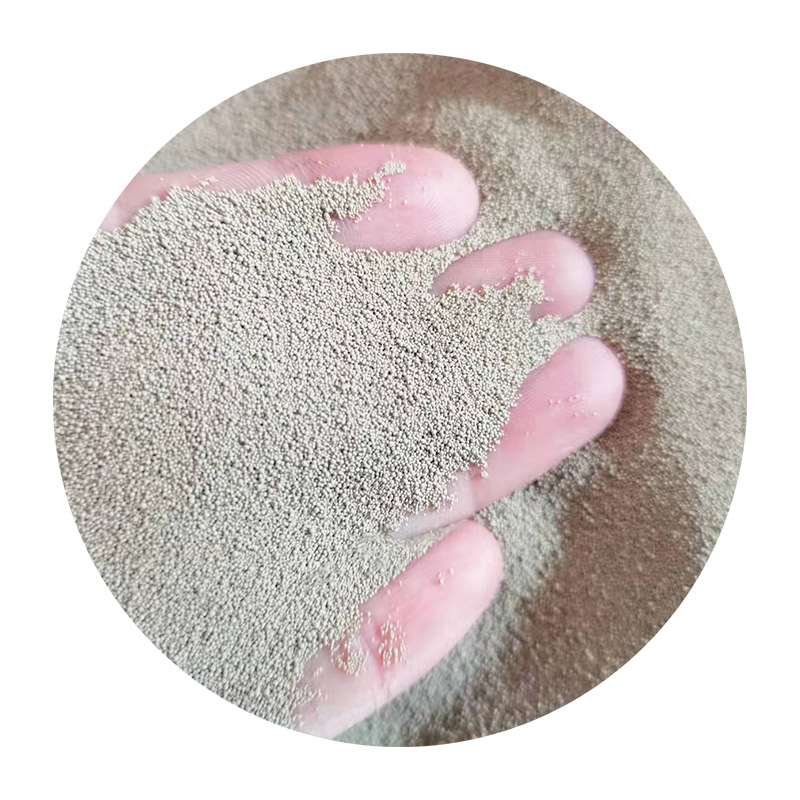The Allure of 3D Sand A New Dimension in Creativity
In recent years, the fascinating world of 3D printing has captured the imagination of artists, engineers, and hobbyists alike, with innovations constantly pushing the boundaries of what is possible. One such intriguing trend is the use of 3D sand in various creative and practical applications. This concept not only brings new materials into play but also opens up exciting avenues for artistic expression, design, and industry.
The Basics of 3D Sand Printing
3D sand printing involves the additive manufacturing of sand materials, typically used in the production of industrial molds and cores for metal casting. The process begins with a digital model crafted using computer-aided design (CAD) software. This model is sliced into numerous layers, which guide the printer in constructing the object layer by layer. The 3D printer uses a binding agent or a laser to solidify the sand, creating a robust structure that maintains its shape and can be used for various purposes.
Artistic Applications
One of the most captivating aspects of 3D sand printing is its potential for artistic expression. Artists are experimenting with this technology to create intricate sculptures that showcase the unique textures and capabilities of sand as a medium. Unlike traditional sculpture materials, such as marble or clay, sand can be manipulated to create delicate and complex forms that would be challenging to achieve with conventional methods.
Additionally, sand's natural aesthetic adds a raw beauty to artworks. Artists can incorporate colored sands or combine various types of sand to achieve diverse effects, making each piece unique. This innovation encourages a new dialogue around environmental themes, prompting discussions about the use of natural resources and sustainable practices in art.
Architectural Uses
3d sand

The architecture and construction industries are also exploring the benefits of 3D sand printing. From rapid prototyping of structures to creating intricate design elements, the technology promises to transform how architects approach their projects. With the ability to print large-scale components, designers can quickly iterate on their ideas, testing not just aesthetics but also functionality.
Furthermore, 3D sand printing allows for the creation of complex geometries that were previously difficult or impossible to achieve with traditional construction methods. This not only enhances the creativity of architects but also contributes to more efficient use of materials, as structures can be designed to minimize waste while maximizing strength and durability.
Environmental Considerations
As we advance into the era of 3D sand printing, environmental considerations become increasingly pertinent. The process can be aligned with sustainable practices through the use of recycled sand or alternative eco-friendly materials. This aligns with the growing demand for sustainable design within both the art and architecture sectors, emphasizing the importance of reducing the environmental impact of manufacturing processes.
Moreover, the efficient nature of 3D printing can lead to reduced energy consumption compared to traditional manufacturing methods. By enabling on-demand production, 3D sand printing minimizes the need for extensive supply chains, thereby lowering carbon footprints associated with transportation and logistics.
Conclusion
The advent of 3D sand printing marks an exciting chapter in the narrative of creativity and innovation. Its ability to bridge art and technology offers artists and designers unparalleled opportunities to explore new forms and materials. From intricate sculptures that challenge the limits of artistic expression to functional architectural designs that push the boundaries of engineering, the potential of 3D sand is vast and varied.
As we continue to explore this emerging field, it is essential to integrate sustainable practices to ensure that our creative endeavors do not compromise the health of our planet. Ultimately, the marriage of 3D sand printing with ecological responsibility could lead to a future where creativity and sustainability coexist harmoniously, inspiring a new generation of artists and architects to think critically and innovate boldly. As we look ahead, the promise of 3D sand will undoubtedly be a significant aspect of the evolving conversation surrounding art and technology.
Post time:දෙසැ. . 13, 2024 01:31
Next:A Guide to Sanding Resin for a Smooth Finish
